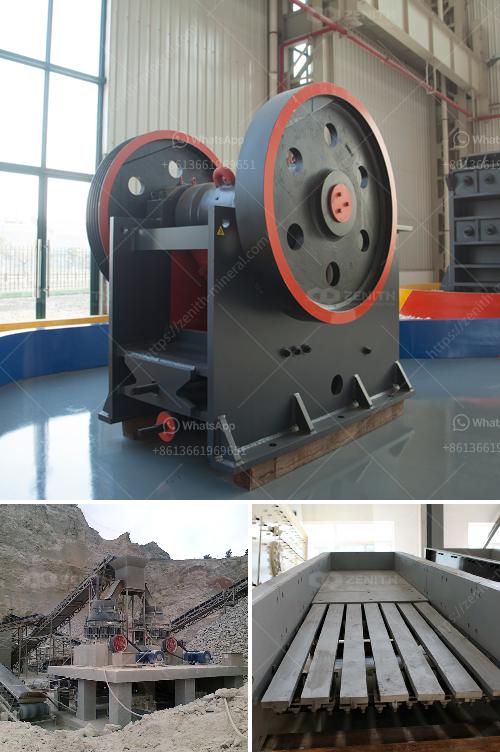The performance of ball mill feed is subject to several limitations, which can impact its efficiency and effectiveness. Some of these limitations include:
Particle Size Distribution: The feed should have a uniform particle size distribution to ensure efficient grinding. Too many fines or coarse particles can reduce the milling efficiency.
Moisture Content: High moisture content can cause the material to stick to the equipment, leading to clogging and inefficiency. It also affects the flowability of the material.
Hardness of Material: Variations in material hardness can lead to uneven grinding and potentially damage the mill. Harder materials require more energy, while softer materials might not grind efficiently.
Feed Rate: An inconsistent or inappropriate feed rate can lead to suboptimal grinding. Overloading the mill can cause it to operate less efficiently, while underloading can lead to underutilization of the mill capacity.
Material Composition: The chemical and mineral composition of the feed material can affect the grinding process. Some components may react or wear down the milling media more quickly, impacting operational longevity and efficiency.
Grinding Media Size and Density: If the grinding media are not appropriately sized or have varying densities, it can result in an ineffective grinding process. The choice of media affects the interaction between material and media.
Mill Speed and Configuration: The speed at which the mill operates can influence the grinding efficiency. Different feed materials may require different operational speeds and configurations for optimization.
Temperature: Operating temperature can affect the viscosity and behavior of the feed material. Excessive heat might alter material properties and influence grinding performance.
Equipment Wear and Tear: Over time, the wear and tear of milling equipment can lead to suboptimal operation, affecting the feed's grinding efficiency. Regular maintenance is necessary to mitigate this issue.
Presence of Contaminants: Foreign materials and contaminants in the feed can interfere with the grinding process and equipment, leading to operational inefficiencies and potential damage.
Addressing these limitations involves careful control and optimization of input materials, operational parameters, and regular maintenance to ensure high performance and efficiency of the ball mill.

